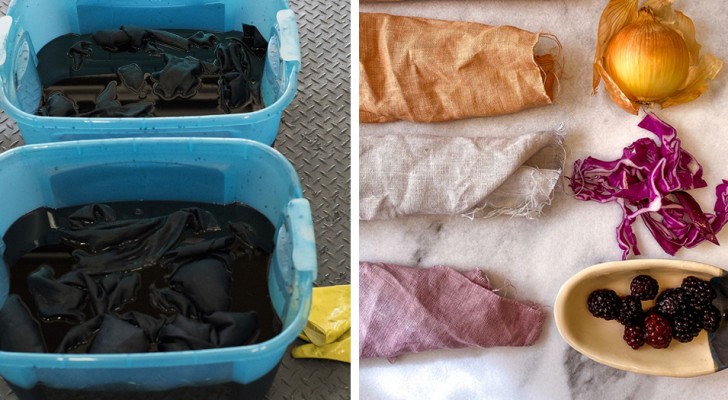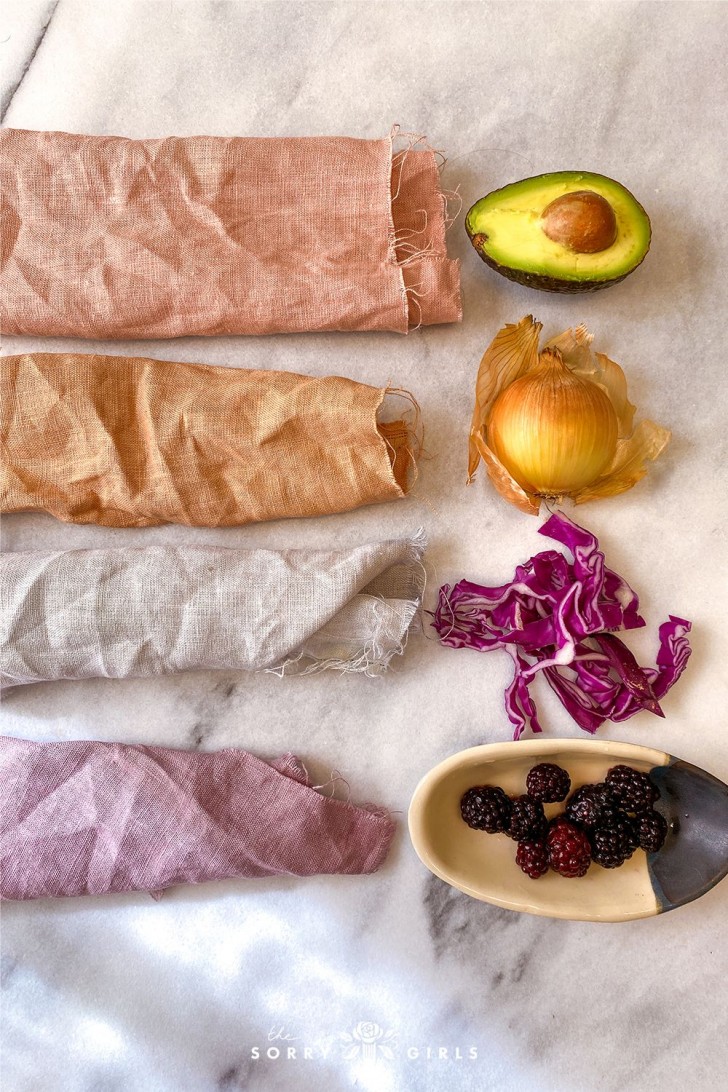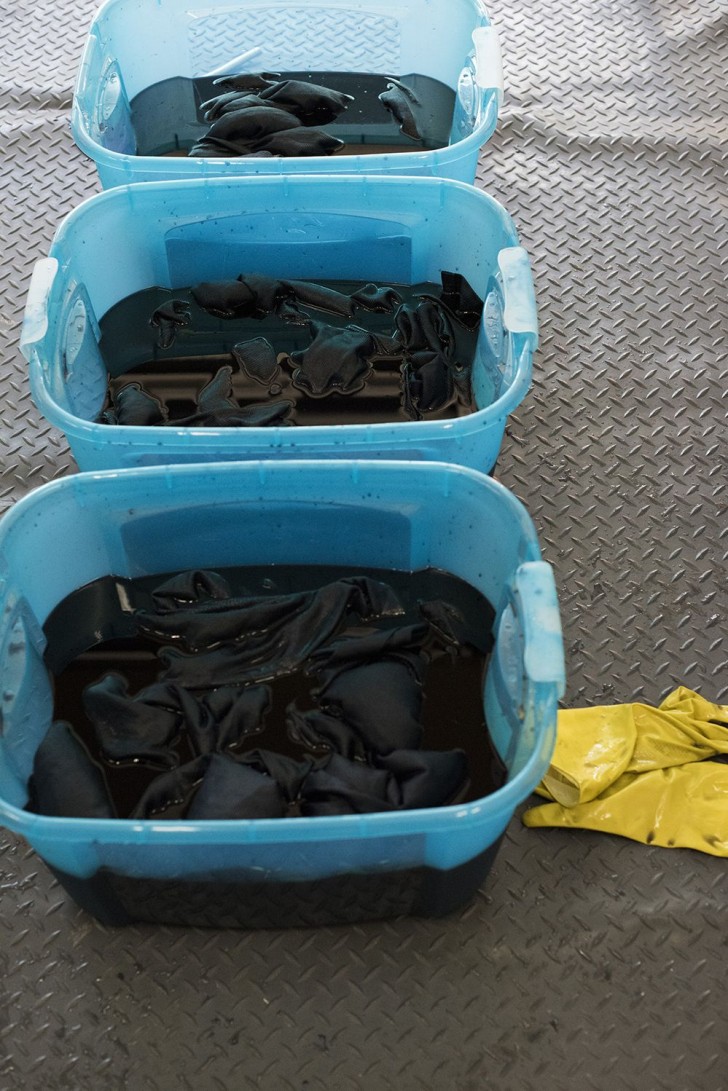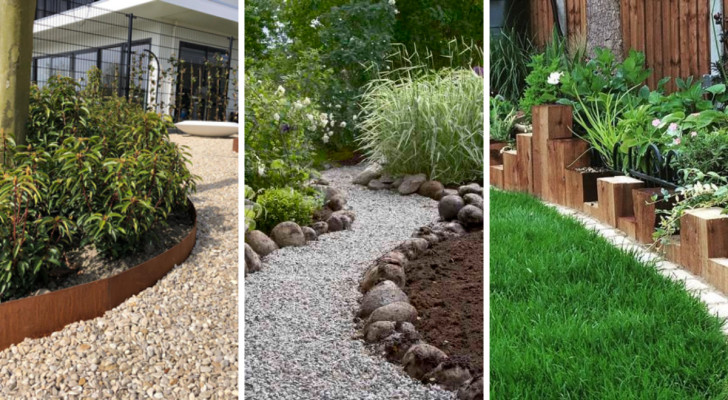All the instructions to follow to dye fabrics with natural dyes

In the world of do-it-yourself paints and dyes are a fundamental component: we use them for all kinds of jobs, even those that can be made by children, for dyeing fabrics, for handmade cosmetics and more. And often the safe alternative is food dyes, those that we find in powder or gel form designed to dye foods with many different shades.
Yet even in the kitchen alone we could have an arsenal of materials to be transformed into natural dyes: in fact, spices, vegetables, flowers and herbs can be used, just as they did in the past. Not only are these procedures ancient and full of charm, but above all they are safe alternatives free of potentially harmful toxic substances, therefore suitable for any type of use, especially when children are also involved in the procedure.
Then find out from which ingredients to extract the various colours, and how to do it. Keep in mind that in any case you will hardly be able to obtain opaque and saturated colours such as industrial ones: the colours obtained are more subtle, more similar to watercolours than tempera, to understand, but still really beautiful.

barbndc from Washington, D.C., CC BY 2.0 via Wikimedia Commons
Yellow and orange
To obtain pigmentation in shades of yellow you can use:
- Saffron: the red powder tinges the risottos with a deep yellow, and is ready to use and also lends itself well as it is, diluted in water. If, on the other hand, we take the pistils from the crocuses or buy the spice still in the form of a pistil, they must be left to infuse in water to release the color.
- Turmeric: also in this case the spice is to be used as we buy it, mixed with water. The color is a little more charged, and turns towards orange rather than a real yellow.
- Pineapple: to extract the color from the pineapple pulp, it must be crushed or finely blended with a drizzle of water if necessary, taking care not to leave whole pieces of fiber that could not be absorbed.
- Peppers: a yellow dye can also be obtained from peppers with yellow pulp. They must be blended fresh, and then the puree obtained must be cooked so that it can thicken a little and is not too liquid.
Orange
In addition to turmeric, an orange dye can be obtained using:
- Carrots: cook them in boiling water for a few minutes, just to soften them a bit, then blend them to obtain a not too soft puree.
- Oranges: in this case it is not the pulp that helps to get the color, but the rinds. Better to take them without the white part, and then grate them as finely as possible, leaving them to infuse in a little water and then filtering. Otherwise, it can be finely blended, always with a little water.
Red
Red is a very saturated color a little difficult to obtain naturally: the various shades actually have pink or purple traces, the intensity and hue of which depends on the concentration of the main ingredient. You can use:
- Strawberries: clean them and cook them in boiling water for a few minutes before crushing them and filtering the red liquid they produce.
- Beetroot: put them in a pan, covered with water. Bring to a boil over medium heat, then reduce the heat and simmer until soft and a few tablespoons of water remain. That liquid will be your dye, and the beets can be eaten as food. You can also try making them in chunks before cooking them, reducing them to a puree and then filtering the liquid.
- Tomato: you need to blend it and then remove the seeds.
- Cherries: remove the stones and blend them.
- Red cabbage: crush the leaves in a mortar or blend them.
In the latter cases, you will have a more homogeneous dye using only the juice filtered from the vegetable or fruit puree.
Another famous natural ingredient used to dye fabrics in red especially is the root of Galium verum (also known as sulfur rennet), cleaned and used in an infusion to release all the pigment.

Brown
To get the brown you can use:
- Coffee powder: the finer it is ground, the better.
- Bitter cocoa: also to be used as it is, with water depending on the type of procedure required by the object to be colored.
Rose
Pink is obtained with all the ingredients indicated for red when the pulp concentration is lower, otherwise you can obtain a shade that vaguely tends to fuchsia by mixing the liquid produced by red cabbage with lemon juice.
Alternatively, you can crush raspberries.
Violet
For colours ranging from lilac to soft purple you can use:
- Blackberries or Berries: Blackberries can be used alone, blended or mashed. While if you want to get a more particular shade in the purple range you can mix different berries (including blackberries and blueberries, and then raspberries or strawberries, mostly). In any case, the pesto / smoothie should be filtered and then cooked over low heat for a few minutes.
- Purple-fleshed potatoes or purple carrots can also be cooked, softened, blended, and then filtered.
Blue
To get blue you can use:
- Blueberries: must be blended, filtered and then put on the (low) heat so that the juice thickens a bit.
- Red cabbage and baking soda: blend the cabbage, strain the liquid into a bowl and add the baking soda in small quantities (a teaspoon or less), leaving it to act for a few minutes each time and stirring, until you have obtained the desired color.
Green
It is the simplest shade to obtain, as it is easy to obtain from the pressing of leaves. In particular, we use:
- Spinach: you can crush them in a mortar and then pour them into a saucepan in which to add alcohol, let them macerate and then simmer a little until it evaporates and only liquid remains. Otherwise you can boil and blend and filter them.
- Parsley: crush it until you have a consistency similar to that obtained with basil, otherwise blend adding very little water.
- Mint: also in this case, the processing is similar to that of the herbs just indicated.
- Matcha tea: This tea is sold in a very fine powder, which can be used directly.
- Algae: some types of algae are naturally green, others are brown like wakame or even red, but in contact with boiling water they turn green. With nori algae you can wet and crush them, while spirulina can be found in powder form, and can be used directly (it will have vaguely blue shades).
Black
Among the ingredients useful for obtaining a black (or very dark gray) tint you can use:
- Vegetable carbon: to be used reduced to powder, and it will color the objects as happens with many culinary preparations.
- Black sesame seeds: among the spices that can be bought at the supermarket or in the markets, there is also black sesame. To obtain the color, the seeds must be ground until they are reduced to a powder.
The technique for dyeing fabrics

roomfortuesday.com / Pinterest
These different colour extraction techniques can be useful for dyeing garments that have faded over time, or perhaps to camouflage stains produced by some home accident, although they work best when starting with white or naturally very light fabrics.
It is worth remembering that in any case the shades that are produced on the fabrics (but also elsewhere) will always be lighter than those that we can appreciate in the containers in which we collect the powders or liquids, which is why it is preferable to work on whites or at most revive and intensify a colour that had faded by choosing a natural tint in the same range.
In any case, before proceeding with immersion in natural colors it is necessary to pre-treat the garments. To do this, just soak the well-cleaned clothes in warm water, so as to make the fibers widen, which will absorb the color better.
How to proceed:
- Boil the liquids you have obtained, or dilute the powder in boiling water. The greater the quantity of ingredients in the water and the longer you boil everything, the more intense the color will be. Generally, ingredients such as fruit and vegetables must fill the pot halfway, and then water is added up to 3/4 a little more. If, on the other hand, you use spices (turmeric, but also coffee or tea), about 5 tablespoons are calculated for each liter of water.
- When the water has taken on the desired shade, turn off the heat and let it cool.
- Filter with a fine mesh strainer, so as to prevent any debris and larger fibers, in contact with the fabric, causing darker stains.
- Take the pre-treated fabrics, drain them, put them in a basin and pour over the dye, completely covering the fabrics, mixing with a wooden ladle so that all the fabric comes into contact with the pigmentation.
- Add 1 glass of vinegar, or salt, and mix well.
- The garments must soak for 12 or 24 hours (even then, it depends on how intense you want the color to be), stirring occasionally. If you are satisfied with the colour achieved, drain them and let them dry. If you then want to make the colour more intense, repeat the process by soaking them in the color with vinegar / salt for another 12-24 hours.
Good job!





